PCB CoDesign

Introduction
PCB CoDesign isn’t just another tool in your design arsenal—it’s a paradigm shift in the way electronics are brought to life. By harnessing the power of real-time collaboration, PCB CoDesign transforms traditional workflow challenges into opportunities for innovation and efficiency. This groundbreaking solution empowers engineering teams to work simultaneously on complex PCB projects, ensuring that every update and modification is immediately visible, seamlessly merged, and rigorously tracked.
Gone are the days of cumbersome file transfers and error-prone versioning. With PCB CoDesign, multiple designers can engage in simultaneous editing, dynamically resolving overlaps and conflicts as they occur. This integrated system not only boosts productivity but also enhances design accuracy and fosters an environment of shared expertise. By streamlining communications and providing intuitive conflict resolution, PCB CoDesign allows teams to focus on creative problem solving rather than being bogged down by manual reconciliation.
Benefits of Altium Designer PCB CoDesign
- Accelerated Design Process - With instant project status updates and the ability to merge changes seamlessly, the collaborative environment significantly speeds up the PCB design workflow. This means faster time-tomarket and a competitive edge for your engineering team.
- Flexible Division of Labor - Team members can self-assign tasks based on areas on the board, layers, or specific components, while the built-in comment feature facilitates effective communication. This autonomy and enhanced communication allow engineers to leverage their individual expertise, ensuring high-quality outputs.
- Conflict Resolution - In the case of design overlap, users can decide to keep local changes or apply the new commit. By doing so, conflicts are addressed directly and resolved swiftly, leading to a smoother workflow and less time lost to disputes.
- Real-Time Update Notifications - Notifies users when a new commit is available, promoting synchronicity in the team. Everyone can operate with the most current design versions, minimizing discrepancies and potential reworks.
- Clear Visibility of Changes - By showing the differences between design versions, transparency among team members is enhanced. Better understanding of each other’s contributions leads to effective communication and reduces the likelihood of misunderstandings.
- Streamlined Work Process - Efficient comparison between reference and current state of the design ensures significant changes aren’t overlooked. This systematic approach maintains organization in the workflow and helps teams keep track of progress.
- Improved Accountability - Tracks changes made by individual team members, encouraging personal responsibility for contributions. This leads to a higher standard of work and an increased sense of ownership among team members.
- Rapid Identification of Discrepancies - Highlights differences between reference and new commits promptly. Early error detection allows for quick corrections, reducing delays in the project timeline.
- Fosters Innovation - The collective approach encourages exchange of ideas among team members. The shared environment cultivates creativity, pushing the boundaries of conventional solutions.
- Better Final Product - By improving collaboration, promoting flexibility, and managing conflicts efficiently, a superior and more refined final product is achieved. This holistic approach ensures that the final PCB design upholds the highest quality standards.
PCB CoDesign Editing Use Case
PCB CoDesign allows any user with access to a project in the A365 workspace or Altium Enterprise Server to commit to a single, master branch. Meaning that multiple users can work together on the same project, deciding amongst themselves how to divide the work— be it by areas on the board, layers, group of nets, or components. Communication is facilitated through comments, and users receive notifications whenever a new commit is available on the server.

The following is one example of how PCB CoDesign can be employed in a real-world application.
Scenario:
Two designers are collaborating to complete the miniPC project, specifically the Ethernet blocks. Each of them has a designated area and, thanks to the new PCB CoDesign tool, they can edit the PCB simultaneously without worrying about losing their progress.
1. Starting point
Both designers start by copying the current version of the project from the Altium 365 server to the local disc.
After determining who is responsible for which part, for example, by using comments and assigning it as a task in-progress, work on the design can begin.

2. Finishing the edition by designer 1
Designer 1 has completed his work and is committing his changes to the Altium 365 server.

The version that is committed first will be used as a reference for comparison by the PCB CoDesign tool.

3. Finishing the edition by designer 2
In the meantime, designer 2 also started editing the PCB and made changes to his part, but at the moment when a newer version of the project appears on the server, a message about changes made by another user will appear at the bottom of our project.

Now, with PCB CoDesign, designer 2 can continue his work without having to update the PCB, and he will commit his modifications to the server when he is finished.

As you can see, designer 2’s part is completed while designer 1’s part remained unchanged.
After saving the changes locally, an icon (!!) immediately appears indicating a conflict with the version on the server.

4. Merge
In order to avoid losing changes, designer 2 can now merge the two versions of the projects:
- by left-clicking on the !! icon and choosing “Compare and Merge” with the latest commit.

- by clicking on the Compare and Merge button, on the blue notification at the bottom of the design

- by clicking on the Compare to server


Differences are highlighted by default in the PCB view using colors:
Added objects
Modified objects
Removed objects
These colors can be customized as needed in System Color dialog in View Configuration window:

PCB CoDesign dialog:

Conflict and merging:

When you go to the conflicts section, you can highlight which element has been edited by both designers and choose which version you want to select.

After choosing which version you want to keep, click Merge to merge the two projects.
Merged version:

The two projects have been merged and can now be saved to the server:

Conclusions
PCB CoDesign significantly speeds up the design process by allowing engineers to effortlessly and accurately review changes made by other team members. This eliminates the need for manual reconciliation, ensuring that no progress is lost. The merge function also streamlines the incorporation of these changes, making the design process more efficient.
The conflict resolution feature of PCB CoDesign enhances the design process by efficiently managing overlaps in changes. This not only speeds up the resolution of potential disagreements but also ensures that the best design decision is made.
PCB CoDesign promotes transparency and accountability among team members by clearly displaying changes and attributing them to individual users. This encourages personal responsibility for contributions, leading to higher quality work and a more cohesive team dynamic.
Altium Designer’s implementation of PCB CoDesign underscores its dedication to providing users with sophisticated, detailoriented tools for electronics design. This reaffirms its standing as a leading software solution in the electronics industry, continually evolving to meet and exceed user needs.

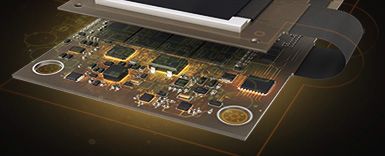
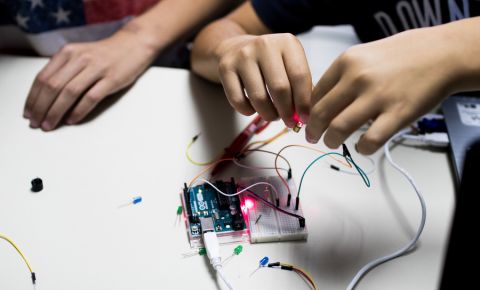

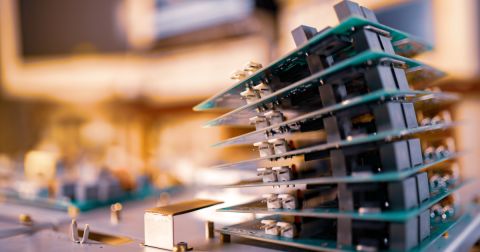
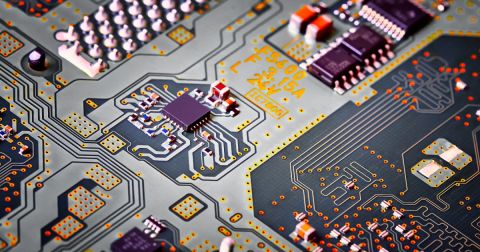
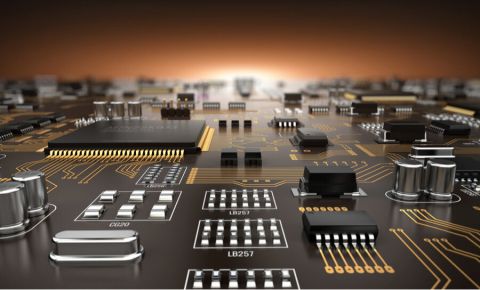
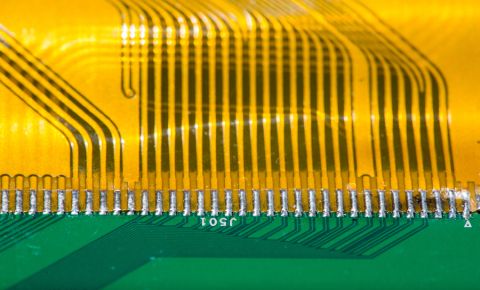



 Back
Back